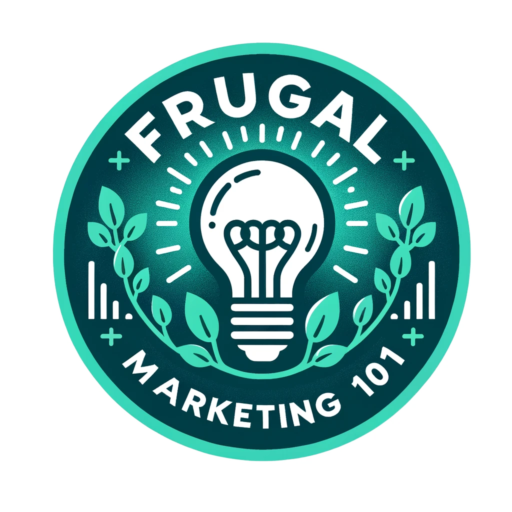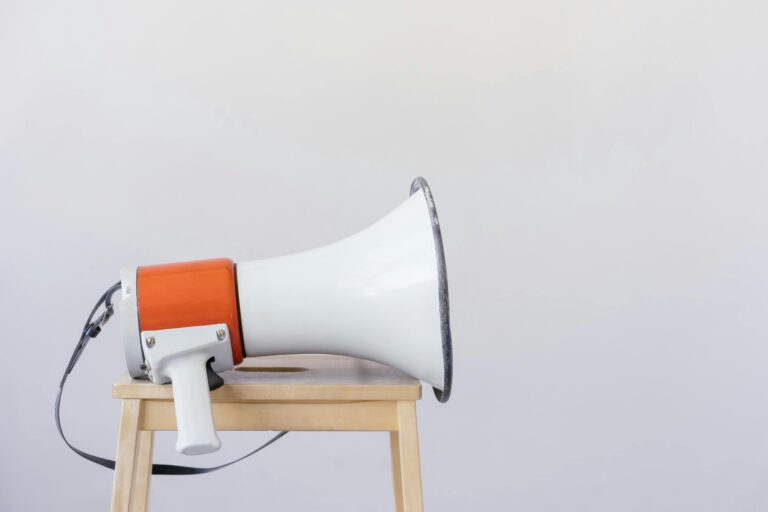In the competitive industry of digital marketing, especially for small businesses and DIY marketers, optimizing every aspect of your strategy is essential to stand out and drive success. One of the most effective tools to achieve this is A/B testing. By allowing you to compare two different versions of a marketing asset—such as a webpage, email, or ad—A/B testing provides clear, data-driven insights into what works best for your audience. This article will guide you through the fundamentals of A/B testing, its importance, and how you can implement it effectively to enhance your marketing efforts.
What is A/B Testing?
A/B testing, often referred to as split testing, is a method used to compare two versions of a marketing element to determine which one performs better. This technique involves creating two variations: the original version (A) and a modified version (B). These versions are then shown to different segments of your audience simultaneously, and their performance is measured based on key metrics like click-through rates, conversions, or sign-ups. A/B testing is a powerful tool because it removes the guesswork from marketing decisions, allowing you to make choices backed by real data.
Why is A/B Testing Important for Businesses?
A/B testing is crucial because it enables marketers to optimize their strategies with precision. Instead of relying on intuition or assumptions, you can see exactly how changes impact your audience’s behavior. This process leads to improved conversion rates, better user experiences, and, ultimately, higher revenues. For small businesses and DIY marketers, A/B testing is an accessible way to continually refine marketing tactics without the need for large budgets or resources.
Understanding A/B Testing
Key Concepts: Hypothesis, Control Group, Variant Group
At the heart of A/B testing lies the scientific method. The process begins with forming a hypothesis—a prediction about how a specific change might improve performance. For example, you might hypothesize that altering the color of a call-to-action button will increase the number of clicks. In an A/B test, the original version (control group) is compared against a modified version (variant group). The audience is split into two groups, with one group seeing the control and the other seeing the variant. The effectiveness of each version is then measured to determine which one is more successful.
How A/B Testing Works (Step-by-Step Process)
1. Identify the Problem or Goal: Start by pinpointing what you want to improve. This could be increasing conversions on a landing page, boosting email open rates, or improving ad performance.
2. Develop a Hypothesis: Create a hypothesis that predicts how a change will impact your target metric.
3. Create Variations: Develop the original and modified versions for your test. Ensure that the variant changes only the element you’re testing.
4. Determine the Sample Size: Choose a sample size that is large enough to provide statistically significant results.
5. Run the Test: Deploy the test to your audience segments and collect data.
6. Analyze the Results: Use statistical analysis to determine which version performed better.
7. Implement the Winning Variation: If the variant outperforms the control, apply this version across your marketing efforts.
Common Use Cases for A/B Testing
A/B testing can be applied to various marketing channels, including:
– Websites: Testing different layouts, headlines, or call-to-action buttons to see which version drives more conversions.
– Emails: Comparing subject lines, content, or design elements to determine which generates higher open and click-through rates.
– Advertisements: Evaluating different ad copy, images, or targeting strategies to maximize engagement and ROI.
These tests help you refine each element of your marketing strategy, leading to more effective campaigns overall.
Setting Up an A/B Test
Identifying the Problem or Goal
The first step in setting up an A/B test is to clearly identify the specific problem you want to address or the goal you want to achieve. For instance, you might want to reduce the bounce rate on a specific webpage or increase the click-through rate of an email campaign. Defining your objective will guide the rest of the testing process.
Choosing the Variable to Test
After identifying the goal, the next step is to choose a single variable to test. It’s essential to isolate one element at a time—such as the headline, image, or CTA—so that any changes in performance can be directly attributed to that specific variable. This ensures the test results are accurate and actionable.
Creating Variations
Once the variable is chosen, create two versions of your marketing asset: the control (A) and the variant (B). The variant should change only the selected element, ensuring the results reflect the impact of that specific change.
Determining the Sample Size
To achieve statistically significant results, you need a large enough sample size. This size depends on factors like your existing traffic, the expected difference in performance, and how confident you want to be in your results. Using online calculators can help you determine the appropriate sample size for your test.
Setting Up the Testing Environment
Ensure that your testing environment is properly configured. This includes setting up your A/B testing tool, segmenting your audience, and ensuring that both the control and variant are served to the appropriate segments without bias.
Best Practices for A/B Testing
Isolating Variables
Testing only one variable at a time is critical for obtaining clear, actionable results. If you change multiple elements simultaneously, it becomes difficult to pinpoint which change was responsible for the performance differences.
Avoiding Bias
Ensure that your test is free from bias by randomly assigning participants to the control and variant groups. This helps avoid skewed results that could lead to incorrect conclusions.
Ensuring Statistical Significance
Run your test long enough to reach statistical significance, meaning that the results are unlikely to be due to chance. Ending tests too early can lead to inaccurate conclusions.
Analyzing Results
Carefully analyze the data to determine which version performed better. Consider segmenting your audience to understand how different groups responded to the test. This can provide deeper insights and help you refine your strategy further.
Iterating and Improving
A/B testing is an ongoing process. Use the insights gained from each test to inform future experiments. Even after finding a winning variant, continue testing new ideas to further optimize your marketing efforts.
Common A/B Testing Mistakes
Testing Too Many Variables at Once
One of the most common mistakes is testing multiple variables simultaneously, which can lead to confusion about what actually caused the change in performance. Always test one variable at a time to ensure clarity in your results.
Ignoring Baseline Performance
Before starting a test, establish a baseline performance for the metric you’re trying to improve. This will help you measure the impact of your test accurately and avoid misinterpreting the results.
Not Considering External Factors
External factors, such as seasonality, economic changes, or competitor actions, can influence your test results. Be mindful of these factors and try to run tests in a controlled environment to minimize their impact.
Drawing Conclusions Too Early
Ending a test as soon as you see a statistically significant result can be tempting, but it can lead to false positives. Ensure that your test runs long enough to gather sufficient data before making any decisions.
Advanced A/B Testing Techniques
Multivariate Testing
Multivariate testing allows you to test multiple variables at once by creating several combinations of elements. This technique is useful when you want to understand how different elements interact with each other, but it requires more traffic and resources than standard A/B testing.
Bayesian A/B Testing
Bayesian A/B testing is a more advanced approach that uses prior data to inform the current test, allowing for continuous updates as new data comes in. This method is particularly useful for making decisions with a higher degree of certainty, especially when previous tests have provided relevant insights.
A/B Testing for Personalization
As personalization becomes increasingly important in marketing, A/B testing can be used to tailor content to different segments of your audience. By testing different personalized messages, you can identify which approaches resonate best with specific groups, leading to more effective and targeted marketing efforts.
Tools and Platforms for A/B Testing
Several tools are available to help you set up and run A/B tests efficiently:
– Google Optimize: A free tool that integrates with Google Analytics, offering robust A/B testing features suitable for small to medium-sized businesses.
– Optimizely: A popular platform that provides advanced testing capabilities, including multivariate testing and personalization options.
– VWO (Visual Website Optimizer):** An easy-to-use tool that offers A/B testing, heatmaps, and session recordings, making it ideal for those looking to optimize their website performance.
When choosing a tool, consider factors like ease of use, integration with your existing systems, and the specific features you need for your tests.
Conclusion
A/B testing is a powerful tool for any DIY marketer or small business looking to optimize their marketing efforts. By systematically testing and refining different elements of your campaigns, you can make informed decisions that drive better results and improve your overall marketing strategy. Whether you’re just starting with A/B testing or looking to refine your approach, the insights gained from these experiments can be invaluable in helping your business grow. So start testing today, and discover the strategies that resonate most with your audience.




